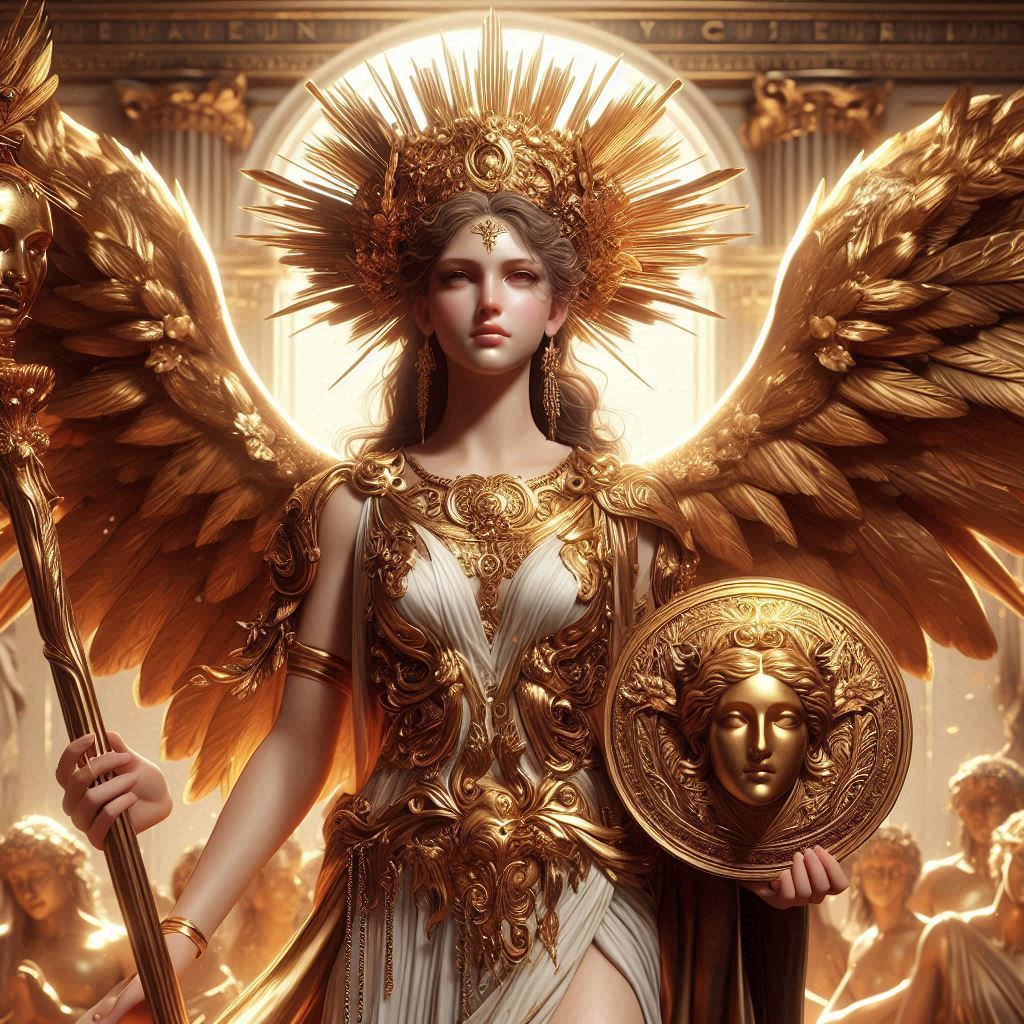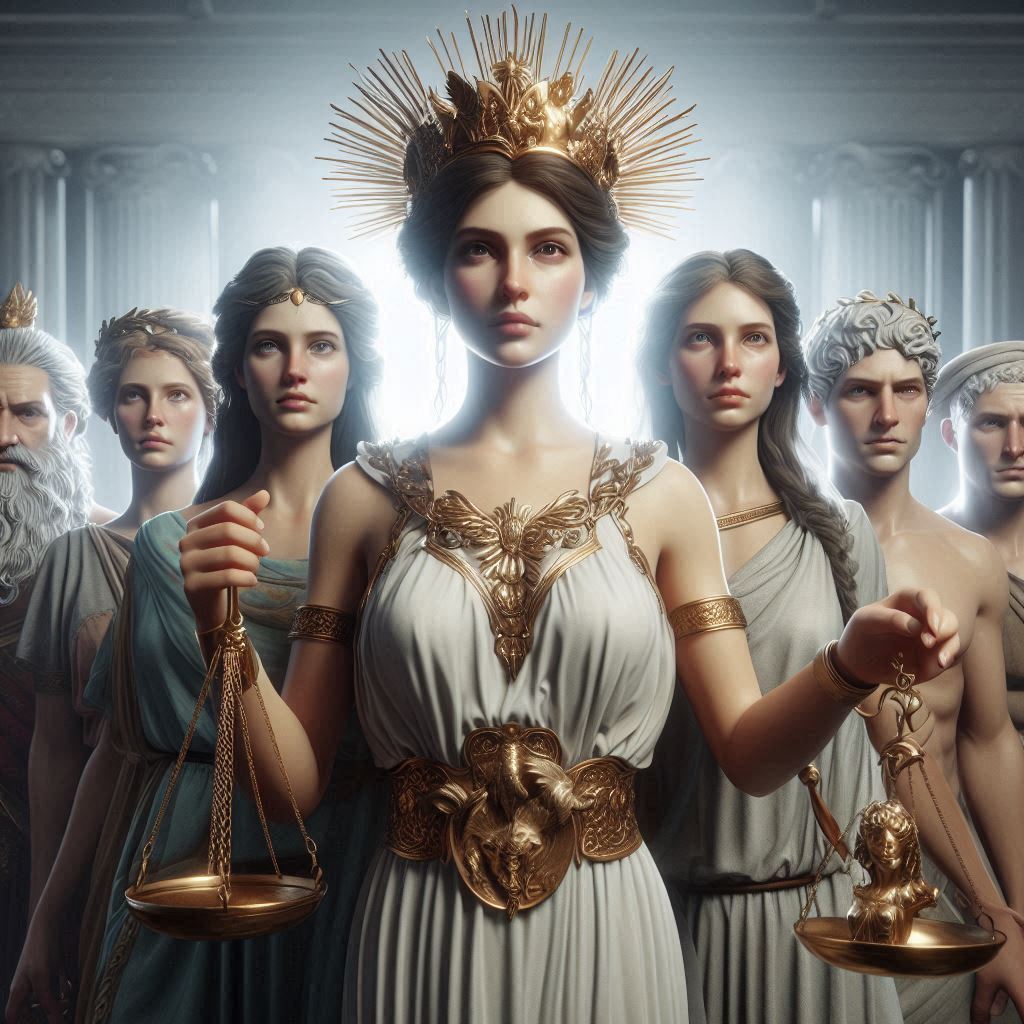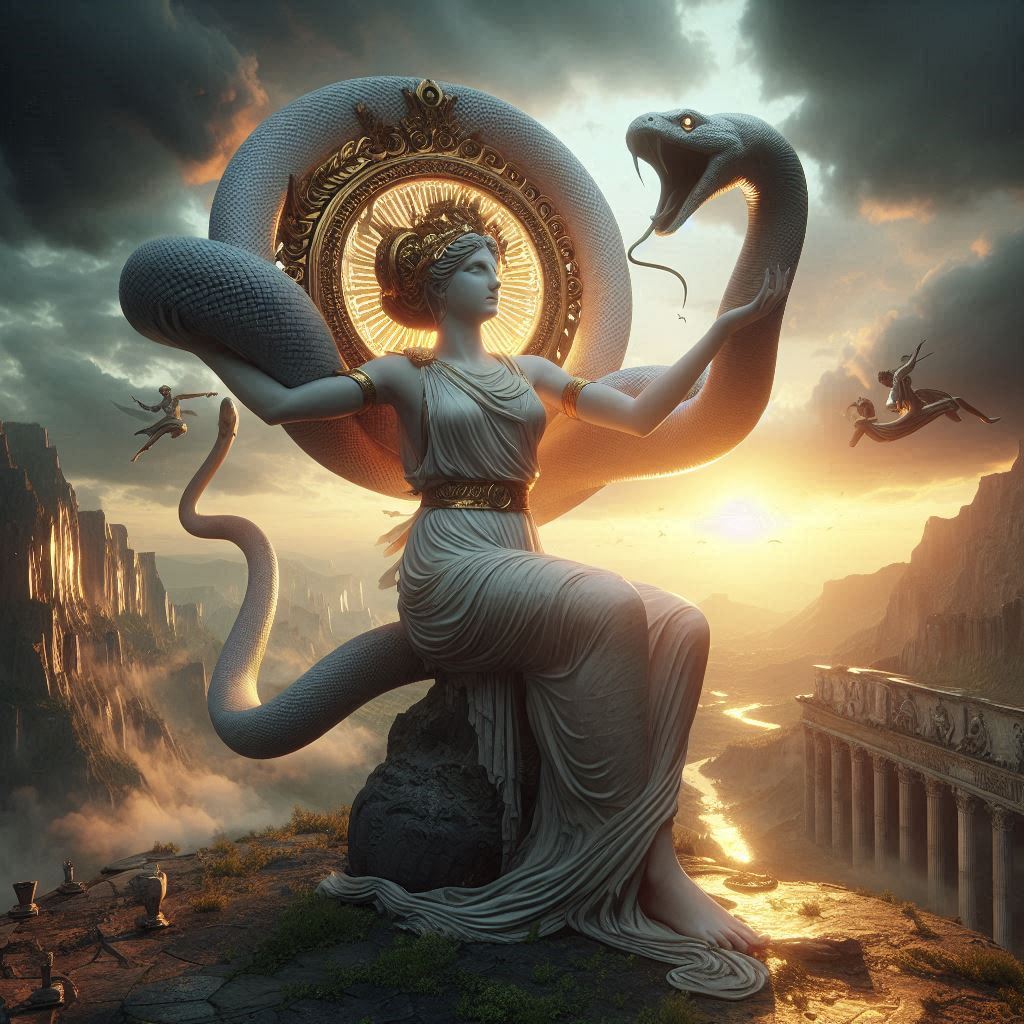Table of Contents
Who Was Merlin the Wizard? Exploring the Origins and Symbolism of the Legendary Figure
Merlin, the enigmatic wizard from Arthurian legend, is one of the most compelling and enduring characters in Western mythology. Known as a wise advisor, prophet, and magician, Merlin’s image is deeply rooted in folklore and medieval literature, where he plays a pivotal role in the stories surrounding King Arthur and the Knights of the Round Table. However, the origins of Merlin, as well as his evolution as a character, reveal a fascinating interplay between historical, mythological, and literary influences. This essay delves into the historical roots, literary development, and symbolic significance of Merlin to understand who he might have been—or what he represents.

The Historical Roots of Merlin
Merlin’s character is believed to be an amalgamation of several historical and mythological figures. The earliest origins of Merlin can be traced to early Welsh traditions, particularly in the Prophecies of Myrddin Wyllt (Myrddin the Wild), where he appears as a madman and prophet who retreats to the forests after witnessing the horrors of war. This Myrddin Wyllt is associated with the sixth-century figure of a bard or seer who lived in the aftermath of the Battle of Arfderydd (c. 573 CE) and is said to have experienced a breakdown that left him wandering the woods, gifted with foresight.
Geoffrey of Monmouth, a 12th-century cleric and historian, transformed this folkloric figure into the Merlin we recognize today. In his Historia Regum Britanniae (The History of the Kings of Britain), Geoffrey synthesized Welsh legends and classical influences to create a new figure: Merlin Ambrosius. This Merlin was a fusion of the mad prophet Myrddin and the Romano-British sage Ambrosius Aurelianus. Geoffrey’s Merlin served as a prophet and adviser to King Vortigern and later to King Arthur, becoming a central figure in Arthurian legend.
Merlin in Arthurian Literature
Following Geoffrey of Monmouth’s foundational depiction, Merlin’s character underwent significant development in medieval romances, particularly in the works of French writers like Chrétien de Troyes and later in Thomas Malory’s Le Morte d’Arthur. These authors emphasized Merlin’s magical abilities, casting him as a wizard with extraordinary powers of enchantment, foresight, and transformation.
One of Merlin’s most iconic roles is his guidance of King Arthur. He is credited with orchestrating Arthur’s conception through the magical union of Uther Pendragon and Igraine, securing Arthur’s claim to the throne. Merlin also serves as Arthur’s mentor, aiding him in his rise to power, the founding of Camelot, and the establishment of the Round Table. However, his story often ends tragically, with Merlin being ensnared by his own pupil or love interest, the enchantress Nimue (or Vivien), who traps him in a magical prison.
This literary evolution solidified Merlin’s image as a complex figure—part magician, part prophet, part tragic hero. His wisdom and power are undeniable, but his downfall highlights themes of hubris and the limits of even the greatest minds.
Symbolic Significance of Merlin
Merlin is more than just a character in medieval literature; he is a symbol of liminality and transformation. As a figure who bridges the human and the supernatural, Merlin represents the tension between order and chaos, civilization and wilderness, and knowledge and mystery. His dual nature—as both a wise advisor and a wild, untamed prophet—reflects the medieval fascination with the coexistence of rationality and mysticism.
Merlin’s magical powers also serve as a metaphor for human creativity and the ability to shape the world through knowledge and imagination. He is often depicted as a figure who foresees the future but cannot escape his own fate, embodying the paradox of wisdom that is both illuminating and limiting. Furthermore, his eventual imprisonment by Nimue can be interpreted as a commentary on the dangers of overreaching power and the vulnerability of even the greatest minds to human emotion and folly.
Merlin’s Legacy in Modern Culture
The figure of Merlin has transcended the medieval world, becoming a timeless archetype in popular culture. From T.H. White’s The Once and Future King to modern adaptations in film, television, and literature, Merlin continues to captivate audiences. He is often portrayed as a mentor figure, embodying the wisdom of the past and guiding heroes toward their destiny. His character has been reimagined in countless ways, from a bumbling but lovable wizard in Disney’s The Sword in the Stone to a morally ambiguous and powerful sorcerer in contemporary fantasy.
This enduring appeal lies in Merlin’s versatility as a character. He can be a symbol of hope and guidance, a tragic figure of lost wisdom, or a representation of the mysterious and unknowable. His ability to adapt to different cultural contexts speaks to the universal themes he embodies: the quest for knowledge, the struggle between good and evil, and the complexity of human nature.
Conclusion
Merlin the wizard is a multifaceted figure whose origins and significance span history, mythology, and literature. From his roots in Welsh folklore to his prominence in Arthurian legend and his enduring presence in modern culture, Merlin embodies the timeless qualities of wisdom, mystery, and transformation. Whether viewed as a historical bard, a literary creation, or a symbolic archetype, Merlin’s story continues to resonate, reminding us of the enduring power of myth to capture the imagination and explore the human condition. In this sense, Merlin is not merely a character of the past—he is a living symbol of our collective fascination with the extraordinary and the unknown.


No responses yet